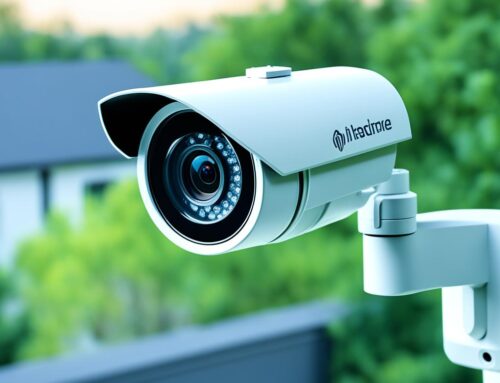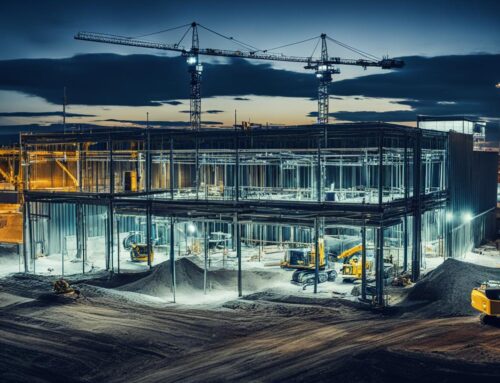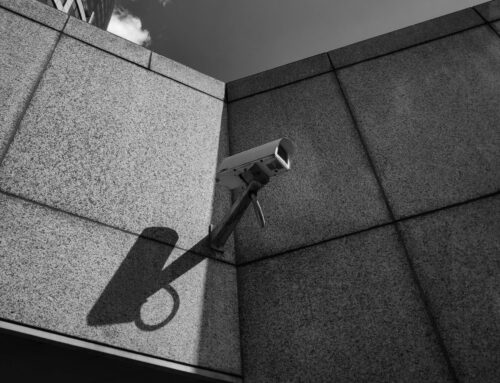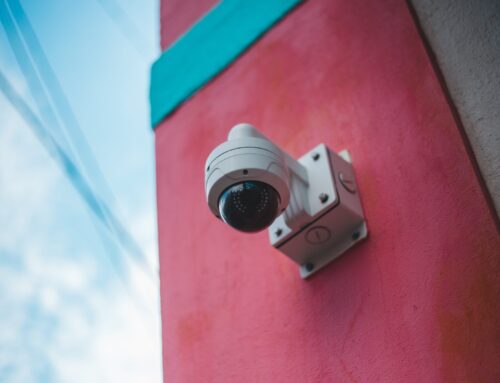In today’s world, where security concerns are increasingly paramount, the need for effective building security cameras has never been more pressing. In Australia, from the bustling streets of Sydney to the growing suburbs of Adelaide, the demand for reliable security systems is on the rise. This guide aims to help you navigate the complexities of choosing the right building security camera system.
Understanding Your Security Needs
The first step in selecting a building security camera system is understanding your specific security needs. Consider factors like the size of the building, the nature of the activities conducted within, and any specific threats or security challenges you might face. For instance, a commercial building in Melbourne’s CBD will have different security requirements compared to a residential complex in Perth.
Types of Security Camera
There are several types of security cameras available, each with its own set of features and benefits:
- Dome Cameras: Known for their discreet design, dome cameras are often used in retail and commercial settings.
- Bullet Cameras: Ideal for outdoor use, these cameras have a long range and can cover large areas.
- PTZ (Pan, Tilt, Zoom) Cameras: These cameras offer the ability to pan, tilt, and zoom, providing comprehensive coverage and control.
- IP Cameras: Offering high-quality digital video, IP cameras can be integrated into your network for remote access and monitoring.
Camera Resolution and Field of View
The resolution of a camera determines the clarity and detail of the footage. Higher resolution cameras provide clearer images, which can be crucial for identifying faces or license plates. Additionally, consider the camera’s field of view – a wider field of view means a single camera can cover more area, potentially reducing the number of cameras needed.
Low Light and Night Vision Capabilities
Many security incidents occur under low light conditions. Therefore, it’s essential to choose cameras with good low light performance or infrared night vision capabilities. This feature is particularly important for outdoor cameras and for areas in Australia that experience longer hours of darkness in winter months.
Data Storage and Management
Modern security cameras generate large amounts of data. It’s important to have a reliable storage solution, whether it’s on-site hard drives or cloud-based storage. Additionally, consider the ease of accessing and managing this data – user-friendly interfaces can make a significant difference in how effectively you can use your security system.
Integration with Other Security Systems
A comprehensive security strategy often involves integrating cameras with other systems such as alarm systems, access control, and fire safety systems. Look for cameras and systems that can easily integrate with your existing infrastructure or any future upgrades you might consider.
Durability and Weather Resistance
For outdoor cameras, durability and weather resistance are crucial. Australia’s diverse climate means that cameras need to withstand everything from scorching heat in Darwin to chilly winters in Hobart. Ensure the cameras you choose are rated for the specific environmental conditions they will face.
Remote Access and Monitoring
The ability to remotely access and monitor your security camera footage is a game-changer. This feature allows you to keep an eye on your property from anywhere in the world, provided you have an internet connection. This is particularly useful for property managers and business owners who travel frequently or manage multiple properties.
Legal Compliance and Privacy Considerations
When installing security cameras, it’s important to comply with Australian privacy laws and regulations. This includes ensuring that cameras are not installed in private areas without consent and that any recorded footage is handled and stored securely.
Professional Installation and Support
While DIY installation might be tempting, professional installation ensures that your security cameras are set up correctly and functioning optimally. Additionally, consider the level of support and maintenance services offered by the provider. In the long run, having professional support can save time and prevent potential issues.
Cost vs Quality
While budget is always a consideration, it’s important to balance cost with quality. Cheaper systems might save money upfront but could end up costing more in the long run due to maintenance issues, poor quality footage, or lack of features. Investing in a quality system from a reputable provider can offer better value over time.
Choosing the Right Provider
Selecting the right provider is as important as choosing the right system. Look for companies with a strong track record in Australia, like SASA Guard, known for their quality products and excellent customer service. A provider that understands the local context and offers tailored solutions can make a significant difference.
Conclusion: A Smart Security Investment
Choosing the right building security camera system is a crucial decision for any property owner or manager in Australia. By considering your specific needs, understanding the different types of cameras available, and selecting a reputable provider, you can ensure that your property is protected with a reliable and effective security system. Remember, investing in a good quality security camera system is not just about protecting your property; it’s about peace of mind for you and safety for those who use the building.
When it comes to safeguarding your property, don’t settle for anything less than the best. SASA Guard offers a range of top-quality building security cameras, tailored to meet the specific needs of Australian properties. With our expertise and commitment to excellence, you can rest assured that your security is in capable hands. Get in touch today to find the perfect security solution for your building.







